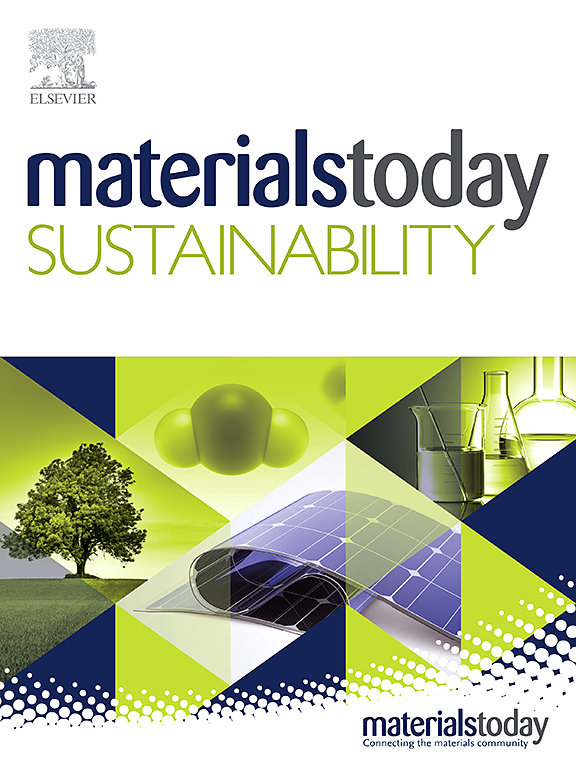Preserving food quality: Electrochemical detection of synthetic food antioxidant, propyl gallate in processed foods using ternary component layered double hydroxide/graphene aerogel synergy
IF 7.1
3区 材料科学
Q1 GREEN & SUSTAINABLE SCIENCE & TECHNOLOGY
引用次数: 0
Abstract
Fueled by the mounting demand from convenience-oriented consumers, the contemporary food industry increasingly relies on specialty chemicals to extend the shelf-life of processed food. Antioxidants such as propyl gallate (PG) are added to food products to avert lipid oxidation. Existing methods for monitoring PG often lack the required sensitivity and accuracy for real-time applications. Our work demonstrates enhanced sensitivity and selectivity through the synergistic combination of transition metal-based ternary layered double hydroxide (LDH) and graphene aerogel (GA) coated on a disposable screen-printed carbon electrode (SPCE). Introducing multi-metal-based LDH improves the electrochemical stability compared to virgin LDH structures. Using NiFeCu-LDH anchored to porous GA leading to high specific surface area and enhanced electron transfer, we explore the electrochemical conversion of PG at the modified SPCE using various electrochemical techniques. Differential pulse voltammetry showed a wide linear range from 0.02 to 279.1 μM and a limit of detection of 0.004 μM. Importantly, our work chronicles new insights into using Deep Eutectic Solvent (DES) systems for the green synthesis of LDHs. The developed electrochemical sensor was successfully used to assay PG in real food matrices, achieving recoveries of ±97.60–99.2%.

求助全文
约1分钟内获得全文
求助全文
来源期刊

Materials Today Sustainability
Multiple-
CiteScore
5.80
自引率
6.40%
发文量
174
审稿时长
32 days
期刊介绍:
Materials Today Sustainability is a multi-disciplinary journal covering all aspects of sustainability through materials science.
With a rapidly increasing population with growing demands, materials science has emerged as a critical discipline toward protecting of the environment and ensuring the long term survival of future generations.
 求助内容:
求助内容: 应助结果提醒方式:
应助结果提醒方式:


